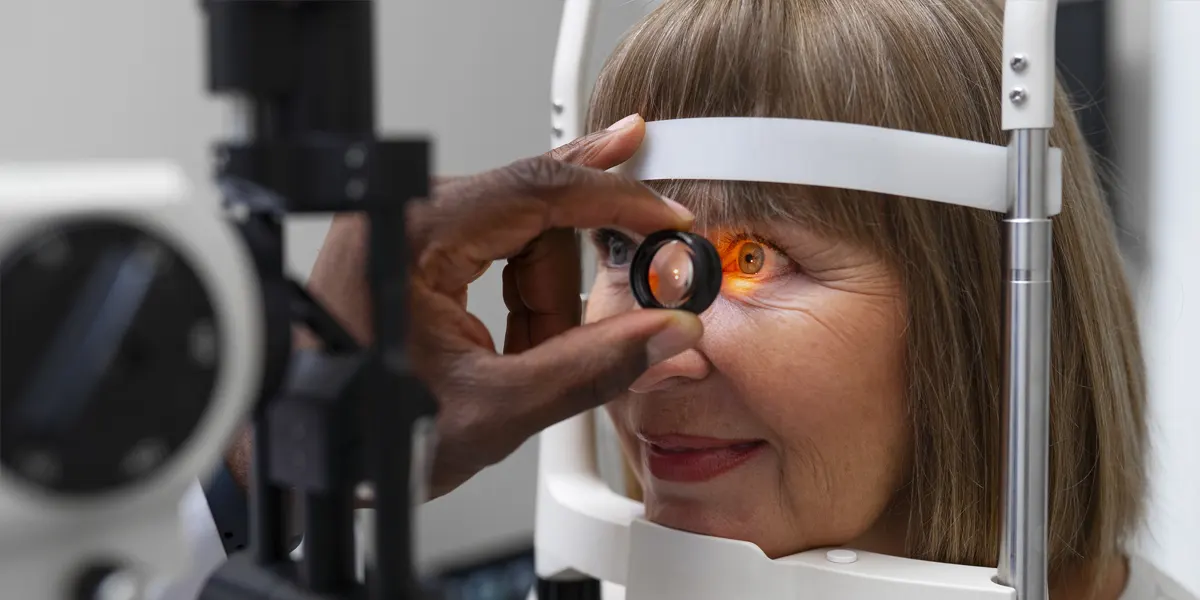
GLAUCOMA MEDICAL MANAGEMENT
The damage caused by glaucoma can’t be reversed. But treatment and regular checkups can help slow or prevent vision loss, especially if the disease is found in its early stages.Treatment of glaucoma aims to lower intraocular pressure. Treatment options include prescription eye drops, oral medicines, laser treatment, surgery or a combination of approaches.
Eye drops
Glaucoma treatment often starts with prescription eye drops. Some may decrease eye pressure by improving how fluid drains from the eye. Others decrease the amount of fluid the eye makes. Depending on how low the eye pressure needs to be, more than one eye drop may be prescribed.
Prescription eye drop medicines include:
- Prostaglandins. These increase the outflow of the fluid in the eye, helping to reduce eye pressure. Medicines in this category include latanoprost (Xalatan), travoprost (Travatan Z), tafluprost (Zioptan), bimatoprost (Lumigan) and latanoprostene bunod (Vyzulta).
Possible side effects include mild reddening and stinging of the eyes, darkening of the iris, darkening of the pigment of the eyelashes or eyelid skin, and blurred vision. This class of medicine is prescribed for once-a-day use.
- Beta blockers. These reduce the production of fluid in the eye, helping to lower eye pressure. Examples include timolol (Betimol, Istalol, Timoptic) and betaxolol (Betoptic S).
Possible side effects include difficulty breathing, slowed heart rate, lower blood pressure, impotence and fatigue. This class of medicine can be prescribed for once- or twice-daily use depending on your condition.
- Alpha-adrenergic agonists. These reduce the production of the fluid that flows throughout the inside of the eye. They also increase the outflow of fluid in the eye. Examples include apraclonidine (Iopidine) and brimonidine (Alphagan P, Qoliana).
Possible side effects include irregular heart rate; high blood pressure; fatigue; red, itchy or swollen eyes; and dry mouth. This class of medicine is usually prescribed for twice-daily use but sometimes can be prescribed for use three times a day.
- Carbonic anhydrase inhibitors. These medicines reduce the production of fluid in the eye. Examples include dorzolamide and brinzolamide (Azopt). Possible side effects include a metallic taste, frequent urination, and tingling in the fingers and toes. This class of medicine is usually prescribed for twice-daily use but sometimes can be prescribed for use three times a day.
- Rho kinase inhibitor. This medicine lowers eye pressure by suppressing the rho kinase enzymes responsible for fluid increase. It is available as netarsudil (Rhopressa) and is prescribed for once-a-day use. Possible side effects include eye redness and eye discomfort.
- Miotic or cholinergic agents. These increase the outflow of fluid from the eye. An example is pilocarpine (Isopto Carpine). Side effects include headache, eye pain, smaller pupils, possible blurred or dim vision, and nearsightedness. This class of medicine is usually prescribed to be used up to four times a day. Because of potential side effects and the need for frequent daily use, these medicines are not prescribed very often anymore.
Because some of the eye drop medicine is absorbed into the bloodstream, you may experience some side effects unrelated to your eyes. To minimize this absorption, close your eyes for 1 to 2 minutes after putting the drops in. You also may press lightly at the corner of your eyes near your nose to close the tear duct for 1 to 2 minutes. Wipe off any unused drops from your eyelid.
You may be prescribed multiple eye drops or need to use artificial tears. Make sure you wait at least five minutes in between using different drops.
Oral medicines
Eye drops alone may not bring eye pressure down to the desired level. So an eye doctor also may prescribe oral medicine. This medicine is usually a carbonic anhydrase inhibitor. Possible side effects include frequent urination, tingling in the fingers and toes, depression, stomach upset, and kidney stones.
